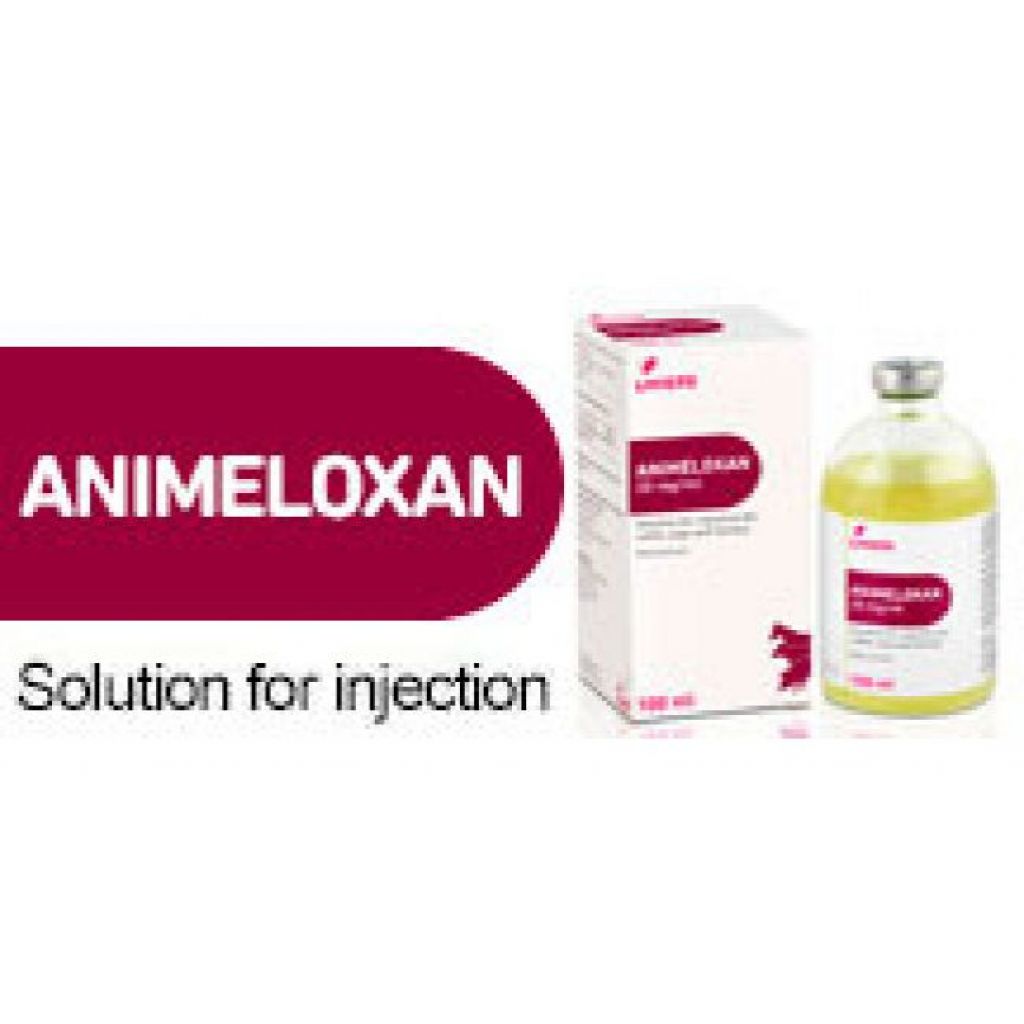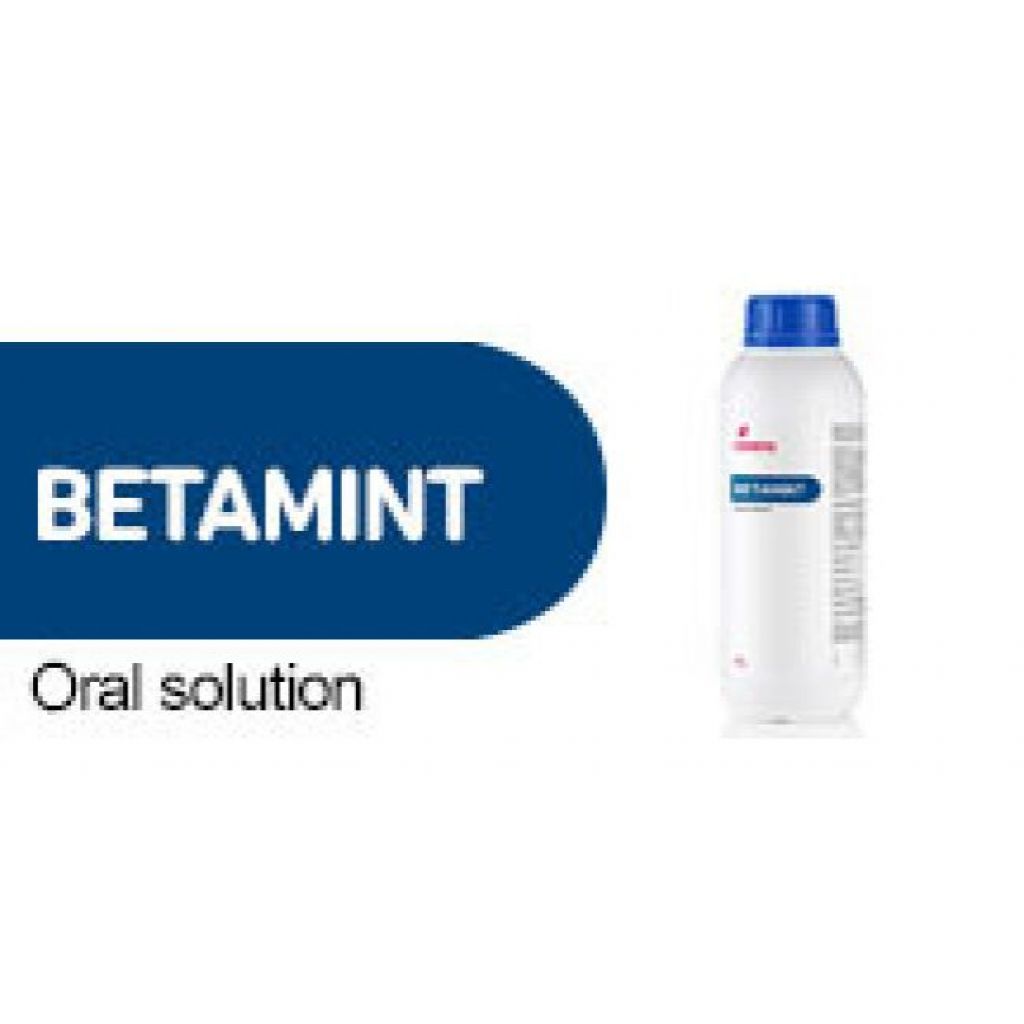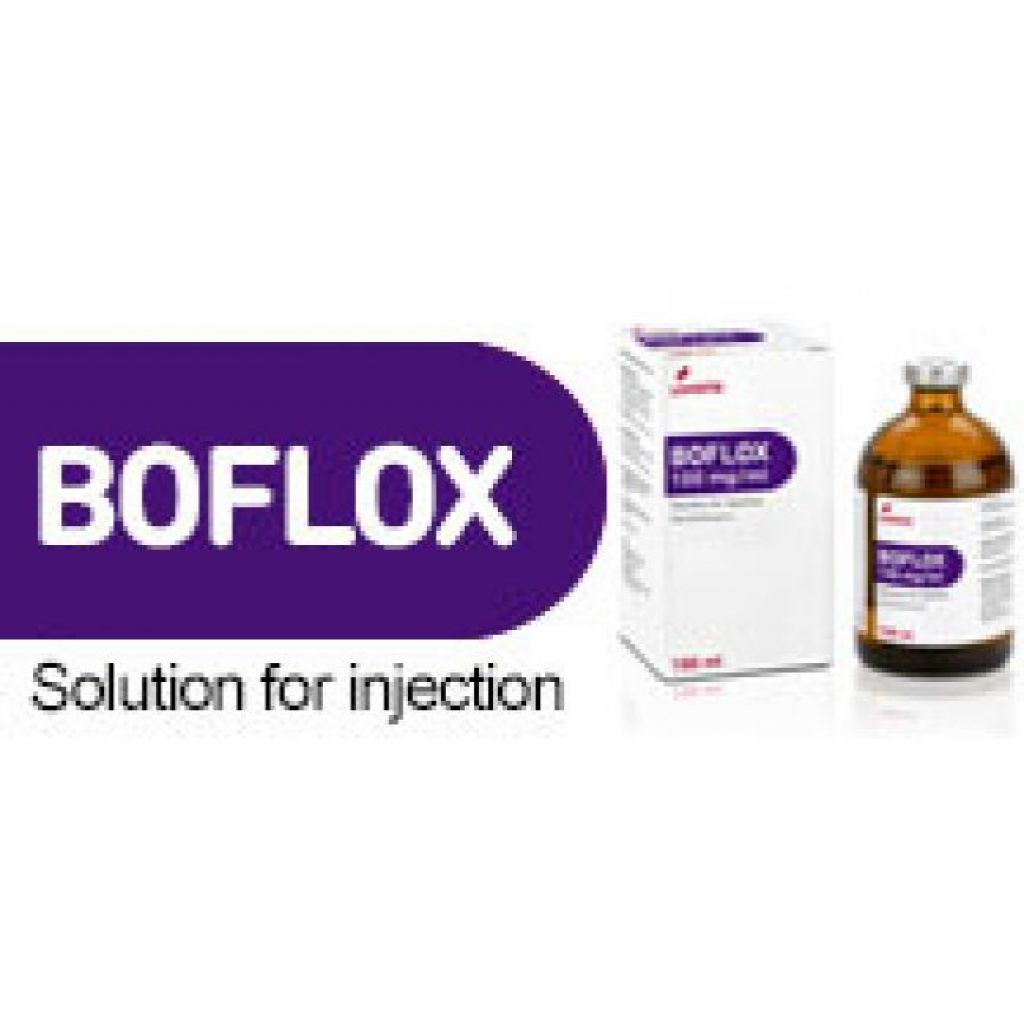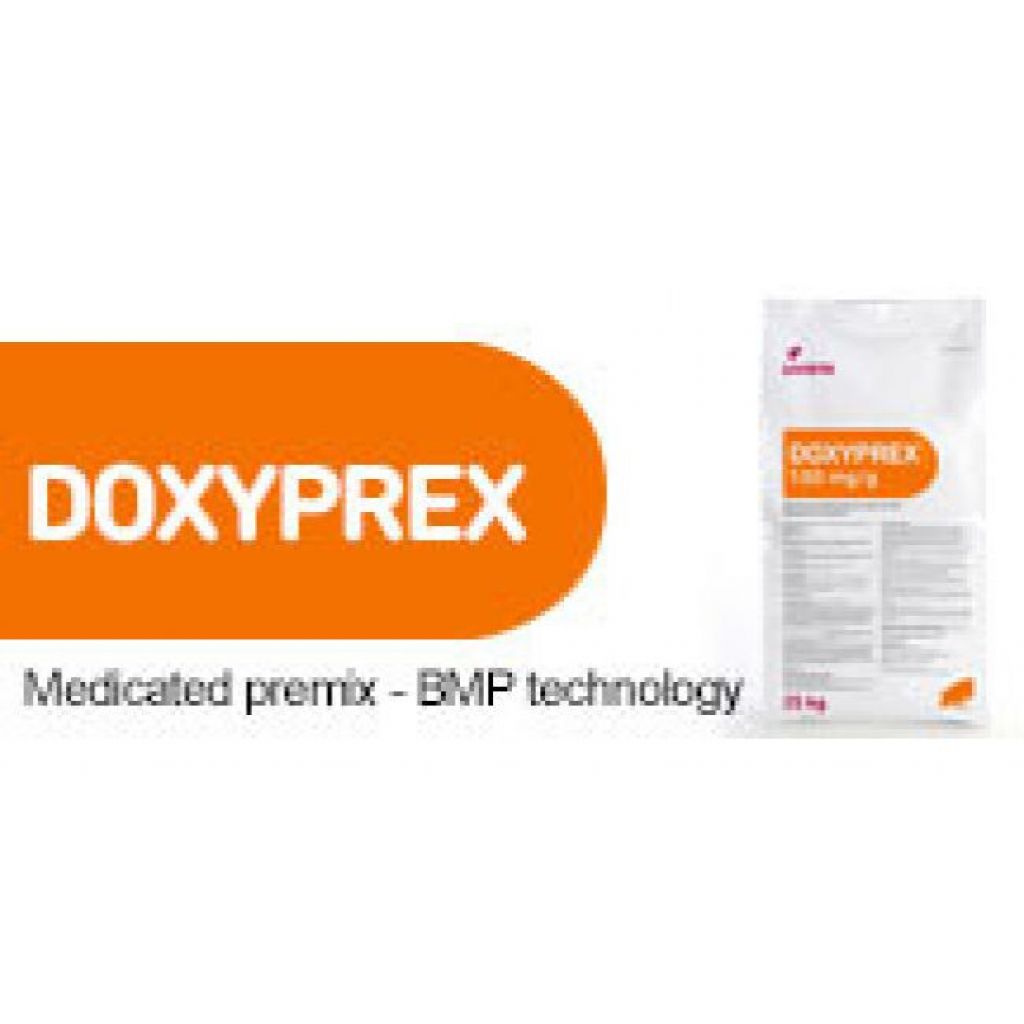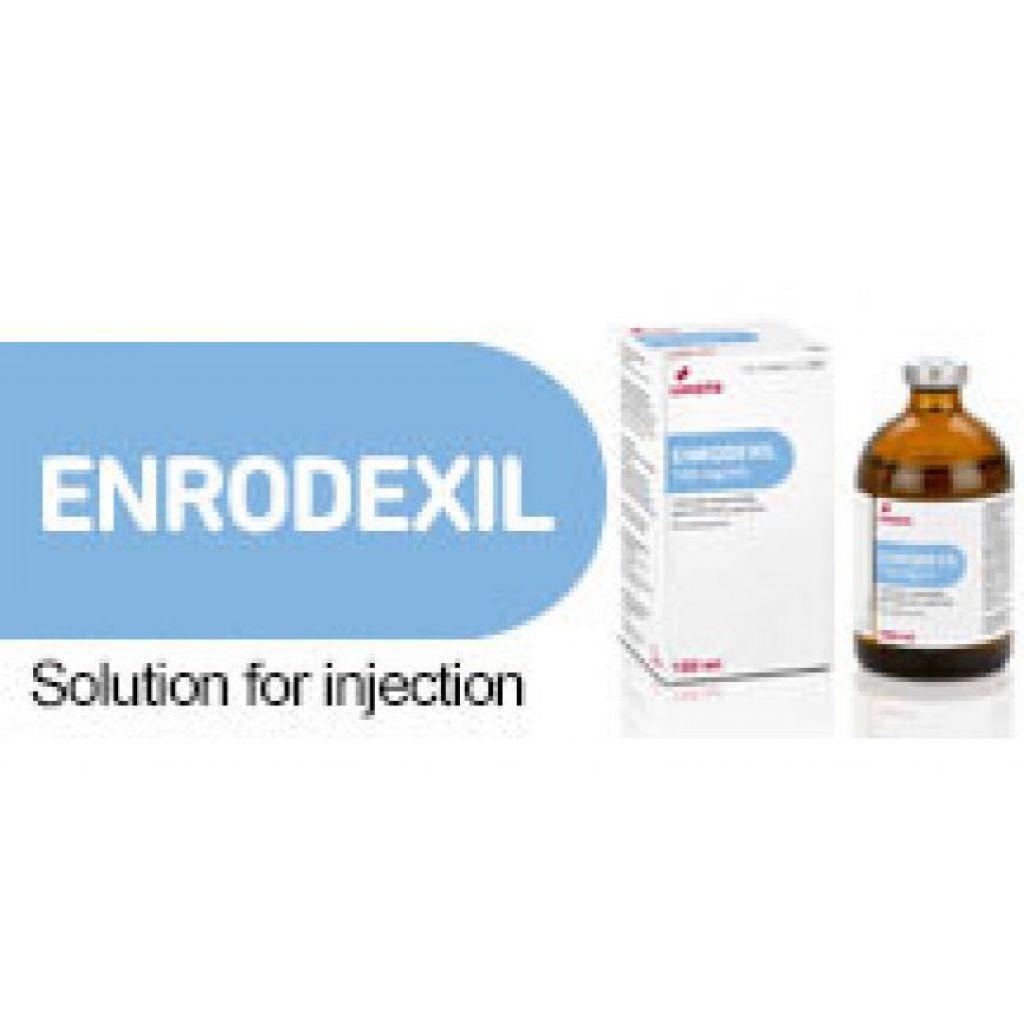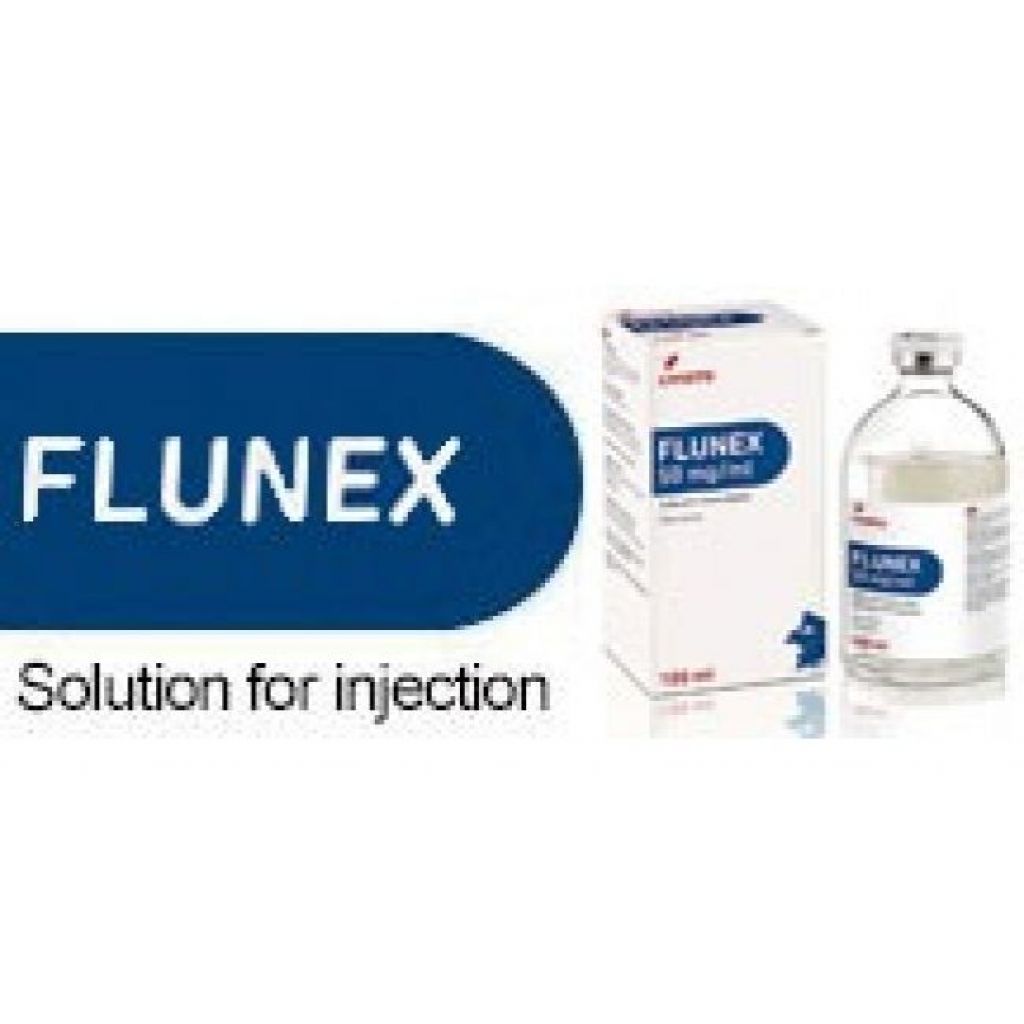The keys to excellent reproductive management in sows
Reproductive output of sows, their lifetime performance and herd productivity are the key points associated with the control of reproduction.
Koketsu et al. (2017) concluded that risk factors for suboptimal reproductive performance of sows are:
- At sow-level groups:
- Low or high parity.
- Increased outdoor temperature.
- Decreased lactation feed intake.
- Single inseminations.
- Increased lactation length.
- Prolonged weaning-to-first-mating interval.
- Low birth weight or low preweaning growth rate.
- A few pigs born alive at parity 1.
- An increased number of stillborn piglets.
- Foster-in or nurse sow practices.
- Low or high age at first mating.
- At herd-level:
- Female pigs being fed in low efficiency breeding herds.
- Late insemination timing.
- High within-herd variability in pig flow.
- Limited numbers of farrowing spaces.
- Fluctuating age structure.
Batch management in swine farms
A “batch” is a group of sows that are in the same physiological state at a specific time.
Batch management in breeder farms allows the organization of work and is established with the aim of having a global planning of the farm. In this article (2), the advantages and disadvantages of batch management from 1 to 5 weeks are detailed.
Large farms tend to work in weekly bands, planning a weekly weaning day and concentrating most of the farrowings on certain days of the week and most of the matings on other days. The fact that batches are large allows a high number of farrowings to take place and many piglets to be weaned weekly, what enables a comfortable logistic (3). This management:
- Facilitates the organization of days off.
- Concentrates all the staff on the busiest days in their area (gestation, farrowing, etc.).
In small farms, the tendency is to organize the animals in bands every 3 or 4 weeks. With this type of management:
- Work is organized by weeks, so some of them will be dedicated exclusively to breedings, and others to farrowings or weanings. You can find more details about that in “Managing a 3-week batch system” (4) and “4 week batch farrowing: another option for small farms” (5).
- Inseminations can be grouped as all the sows in the batch are weaned at the same time, and the gilts that enter this batch will have been previously synchronized hormonally with progestogens, or naturally controlled by heat detection.
- More numerous and homogeneous batches of piglets are brought out at weaning, thus reducing the number of trucks entering the farm and a higher number of animals will be loaded.
- Sanitation will be more stable because of the all-in-all-out system; therefore, the level of biosecurity is improved. In the farrowing house, all piglets will be of the same age and will leave the farrowing house at the same time as the sows. Therefore, the planning of cleaning and disinfection is simpler.
- It has been proved that more live piglets are obtained at weaning.
As we highlighted previously, those sows that are left behind must be hormonally synchronised in order to be able to introduce them in the next mating batch. It could be done by using altrenogest oral solutions such as SUIFERTIL, that suppresses the action of Gonadotrophin Releasing Hormone (GnRH), thus inhibiting ovulation without reducing fertility rates.
It can also be used for prolonging uterine involution for 1-2 weeks in sows with poor body condition at weaning, to ensure good fertility rates. Numerous studies demonstrated that postponing post-weaning estrus by administering altrenogest improves reproductive performance (6).
Reproductive management of gilts
Gilts represent a large percentage of the breeding population of a farm and their introduction into the breeding system could be challenging due to cycle variability. According to Kraeling and Webel (2015), this is a consequence of the high sow replacement rate which is due to failure of postpartum sows to return to estrus and conceive, poor reproductive performance, poor feet and leg soundness, and introduction of new genetic lines.
Moreover, during initial gilt grouping, 73 % of females will show a heat but the subsequent heats are much more widely dispersed.
To optimally mating a gilt for the first time, these 3 factors must be taken into account:
- Age: gilt has to be sexually mature and at least 1 heat has been detected.
- Adaptation to the cage: must be done for at least 7-10 days, so that the moment of mating is less stressful (less probability of embryonic losses).
- Flushing: feed intake must be maximized at least 10 days before mating (recommended to add complementary feed such as CALFOSTONIC (7)).
SUIFERTIL is useful for synchronizing the heat of sexually mature gilts and thus being able to put them in the different batches of the farm management, especially when the heat falls before the mating days of the next batch.
By applying a dose of 5 ml/animal/day for 18 days of this altrenogest oral solution, the gilts will present an excellent oestrus synchronization because this synthetic progesterone reduces the normal physiological variation in gilt cyclicity by blocking the progression of the cycle during the period of administration.
At the end of the treatment period, the batch of gilts will collectively come into heat in 5-6 days.
Several studies have indicated that altrenogest supplementation improves subsequent reproductive performance of gilts and sows by enhancing the total number of piglets born, the number of piglets born alive and pregnancy rates.
Ravagnani et al. (2020) conducted a study to evaluate the effects of altrenogest supplementation for oestrous synchronization in gilts on the endometrial glands and embryonic development characteristics at 28 days of pregnancy. They concluded that the use of altrenogest during 18 days for oestrous synchronization in gilts increased the gland duct area, perimeter and total endometrial area. Moreover, there were no negative effects in embryo size at 28 days of pregnancy according to the uterine gland improvements observed in altrenogest treatment.
Conclusions
Batch management production systems (with intervals of 1 to 5 weeks) help to improve or optimize organization of workload and pig flow with large batches of piglets of the same age, breed and health status. But, sometimes, especially with gilts, it is hard to manage these batches. For solving that, altrenogest oral solutions such as SUIFERTIL are the best option.
References
- Koketsu Y, Tani S, Iida R. Factors for improving reproductive performance of sows and herd productivity in commercial breeding herds. Porcine Health Management, volume 3, Article number: 1 (2017). doi: 10.1186/s40813-016-0049-7.
- Pig Progress (2009). Batch management production systems.
- Magapor (2022). Batch management.
- Pig333 (2011). Managing a 3-week batch system.
- Pig333 (2017). 4 week batch farrowing: another option for small farms.
- Kraeling RR and Webel SK. Current strategies for reproductive management of gilts and sows in North America. Kraeling and Webel Journal of Animal Science and Biotechnology 2015, 6:3. doi: 10.1186/2049-1891-6-3.
- Pig333 (2022). Avoiding negative energy balance in sows.
- Ravagnani GM, Martinez CHG, Carnevale RF, et al. Effects of oestrous synchronization with altrenogest in gilts on endometrial and embryonic characteristics. Animal, Volume 14, Issue 9, 2020, Pages 1899-1905. doi: 10.1017/S1751731120000658.




